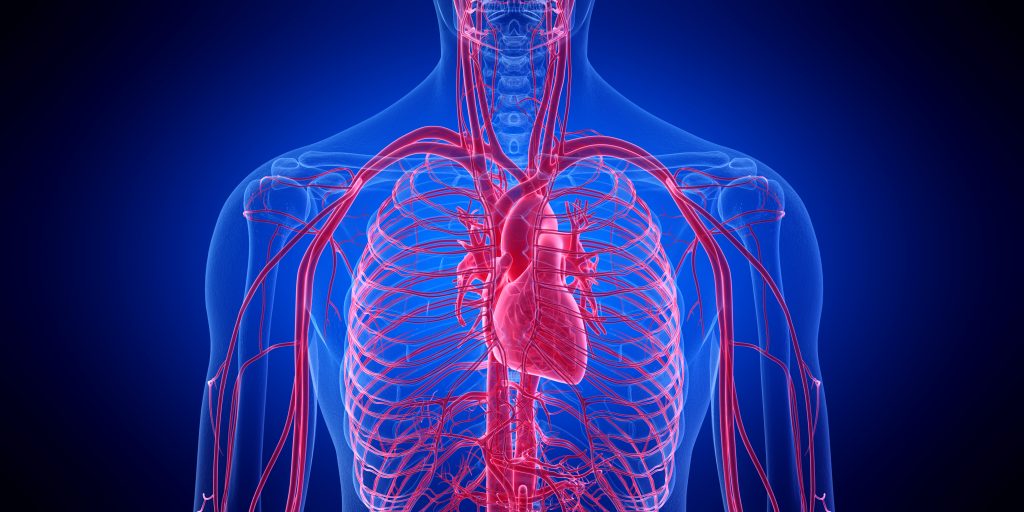
What is Hemorrhagic Shock? Understanding the Basics and Its Implications
Hemorrhagic shock is one of the many kinds of injury that the body can experience. This type of shock is the consequence of severe bleeding. It reduces tissue blood flow, preventing the cells from adequately receiving nutrients and oxygen. The lack of oxygen leads to shock, both for the cell and the body.
What is hemorrhagic shock caused by, and how can it be treated? This is a life-threatening condition and should be considered a medical emergency. Here’s what you need to know.
Hemorrhagic Shock Causes and Symptoms
There are many different causes of hemorrhagic shock. Essentially, anything that can cause heavy bleeding or blood loss can lead to this type of shock because it results in the body being unable to circulate enough blood, leaving the cells without oxygen or nutrients.
Some of the most common hemorrhagic shock causes include:
- Trauma
- Gunshot wounds
- Deep cuts and stab wounds
- Blood loss during or after delivery
When shock occurs, the body starts to respond. Blood pressure drops significantly, and the body temperature plummets, creating a severe and life-threatening condition. Other signs and symptoms of this type of shock include:
- Blue lips or fingernails
- Confusion
- Dizziness
- Excessive sweating
- Loss of consciousness
- Low (or no) urine production
- Rapid heart rate
- Shallow breathing
- Weak pulse
Many of these symptoms present simultaneously, but they may not show right away. It will only be after significant blood loss (more than 15% of your total blood volume) that the body will start to display signs of its struggle to circulate blood effectively. So let’s look at the process when the body goes into shock.
Hemorrhagic Shock Pathophysiology
As mentioned, hemorrhagic shock begins after excessive, severe bleeding. Sometimes, signs such as internal bleeding or trauma may not appear immediately. Internal hemorrhaging can be identified by:
- Abdominal pain and swelling
- Blood in the urine or stool
- Vaginal bleeding (heavy, not normal menstruation)
- Vomiting blood
- Chest pain or shortness of breath
As the body loses blood, the symptoms of shock will start to set in. The heart cannot pump blood effectively because of a system leak. Therefore, more blood is going out than through the body. This results in the cells not getting the oxygen and nutrients they need to continue functioning.
When the cells respond to the lack of blood flow, that causes the symptoms of shock. Everyone will experience those symptoms at different times and variations, but they will worsen as the shock gets more severe.
Hemorrhagic shock is typically divided into four classes based on the amount of blood loss:
- Class 1: 15% of blood volume or more lost
- Class 2: 10-20% of blood volume lost
- Class 3: 30-40% of blood volume lost
- Class 4: 40%+ blood volume lost
The shock symptoms recede only when the hemorrhaging and bleeding have been stopped and the fluids and blood in the body have been replaced.
Hemorrhagic Shock Treatment
Some cases of hemorrhagic shock are apparent. Others will require a physical examination, blood tests, x-rays or MRIs, CT scans, or even ultrasounds to identify what is happening. Doctors might also order a CBC or complete blood count to help them see whether you’ll need a transfusion.
The standard protocol for hemorrhagic shock treatment is as follows:
- IV fluids
- Blood transfusions (as needed)
- Vasopressors (medications to increase blood pressure)
Prolonged exposure to shock has complications, including organ damage, gangrene, and even death. The exact course of treatment and recovery outlook depends on the type of injury, amount of blood loss, and any other preexisting health conditions. Those who get help immediately will have a better chance of avoiding long-term issues.
The Bottom Line
Hemorrhagic shock is a severe condition that no one wants to face. However, it happens a lot more than you might realize. Anyone with a traumatic injury or incident resulting in excessive blood loss is at risk of developing this type of shock. The more prolonged injuries go untreated, the worse it can get. If you suspect you or someone you love suffers from hemorrhagic shock, call 911 or head to the nearest emergency room immediately.
Resources
CVRTI
Researchers at the Nora Eccles Harrison Cardiovascular Research and Training Institute (CVRTI) are particularly interested in various types of shock. The Hoareau lab is working toward understanding the consequences of severe blood losses at the cellular level, focusing on the mitochondria. Mitochondria are small powerhouses inside our cells that produce energy. They are often described as the cell’s “battery” or “fuel tank”. Just like a car needs gasoline to run, our cells need energy to perform their various functions, and mitochondria are responsible for generating that energy. Mitochondria are essential structures within our cells that produce the energy necessary for our bodies to function correctly. Researchers focus on interventions to protect those mitochondria (Chaudhuri, Hoareau, Shaw), better understanding how cells respond to blood loss (Hoareau, Aromolaran), and how cells can alter their protein production after severe bleeding (Hoareau, Franklin).


